Active Recombinant Human EGFR protein(Met668-Ala1210), His&GST-tagged
| Cat.No. : | EGFR-31H |
| Product Overview : | Recombinant Human EGFR (NP_005219)(Met 668-Ala 1210) was expressed in Insect Cells, fused with the N-terminal polyhistidine-tagged GST tag at the N-terminus. |
- Specification
- Gene Information
- Related Products
- Case Study
- Application
- Download
| Species : | Human |
| Source : | Insect Cells |
| Tag : | GST&His |
| Protein Length : | Met668-Ala1210 |
| Form : | Supplied as sterile 20 mM Tris, 500 mM NaCl, 10 % glycerol, pH 7.4. |
| Bio-activity : | 1. The specific activity was determined to be>70 nmol/min/mg using Poly(Glu:Tyr) 4:1 as substrate. 2. Immobilized EGF Protein, Human, Recombinant (ECD, hFc Tag) at 2 μg/mL (100 μL/well) can bind EGFR Protein, Human, Recombinant (aa 668-1210, His & GST Tag) in functional ELISA. |
| Molecular Mass : | The recombinant human EGFR /GST chimera consists of 780 amino acids and has a calculated molecular mass of 89.1 kDa. |
| Endotoxin : | < 1.0 EU per μg protein as determined by the LAL method. |
| Purity : | > 75 % as determined by SDS-PAGE |
| Storage : | Samples are stable for up to twelve months from date of receipt at -20°C to -80°C. Store it under sterile conditions at -20°C to -80°C. It is recommended that the protein be aliquoted for optimal storage. Avoid repeated freeze-thaw cycles. |
| Concentration : | Please refer to the hard copy of CoA. |
| Gene Name | EGFR epidermal growth factor receptor [ Homo sapiens ] |
| Official Symbol | EGFR |
| Synonyms | EGFR; epidermal growth factor receptor; epidermal growth factor receptor (avian erythroblastic leukemia viral (v erb b) oncogene homolog) , ERBB; ERBB1; erythroblastic leukemia viral (v erb b) oncogene homolog (avian); proto-oncogene c-ErbB-1; cell growth inhibiting protein 40; cell proliferation-inducing protein 61; receptor tyrosine-protein kinase erbB-1; avian erythroblastic leukemia viral (v-erb-b) oncogene homolog; ERBB; HER1; mENA; PIG61; |
| Gene ID | 1956 |
| mRNA Refseq | NM_005228 |
| Protein Refseq | NP_005219 |
| MIM | 131550 |
| UniProt ID | P00533 |
| ◆ Recombinant Proteins | ||
| EGFR-102MAF647 | Recombinant Mouse Egfr Protein, Fc-tagged, Alexa Fluor 647 conjugated | +Inquiry |
| EGFR-315H | Recombinant Human Epidermal Growth Factor Receptor, His-tagged | +Inquiry |
| EGFR-629HF | Recombinant Human EGFR Protein, Fc-tagged, FITC conjugated | +Inquiry |
| EGFR-168CAF647 | Recombinant Canine EGFR Protein, His-tagged, Alexa Fluor 647 conjugated | +Inquiry |
| EGFR-2839H | Recombinant Human EGFR protein, His-SUMO & Myc-tagged | +Inquiry |
| ◆ Cell & Tissue Lysates | ||
| EGFR-663HCL | Recombinant Human EGFR cell lysate | +Inquiry |
| EGFR-1621MCL | Recombinant Mouse EGFR cell lysate | +Inquiry |
| EGFR-2733HCL | Recombinant Human EGFR cell lysate | +Inquiry |
| EGFR-1462RCL | Recombinant Rat EGFR cell lysate | +Inquiry |
Case 1: Hallaji M, et al. Sci Rep. 2025
This study explores Fc-fusion peptides (peptibodies) as targeted cancer therapy alternatives to monoclonal antibodies, focusing on EGFR-targeted FcIgG-GE11 developed via phage display. Expressed in E. coli, the peptibody demonstrated high EGFR-binding affinity, dose/time-dependent growth inhibition, and cell cycle arrest in EGFR-overexpressing tumors, mirroring Cetuximab’s anti-cancer effects. MTT assays and In-Cell ELISA confirmed comparable potency to Cetuximab in suppressing Tyr1173 phosphorylation, highlighting its potential for precision oncology and biopharmaceutical innovation.
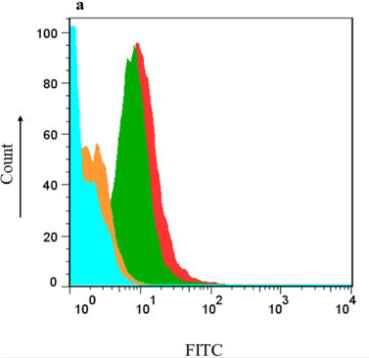
Fig1. FcIgG-GE11 and Cetuximab did not bind to the negative EGFR cell line.
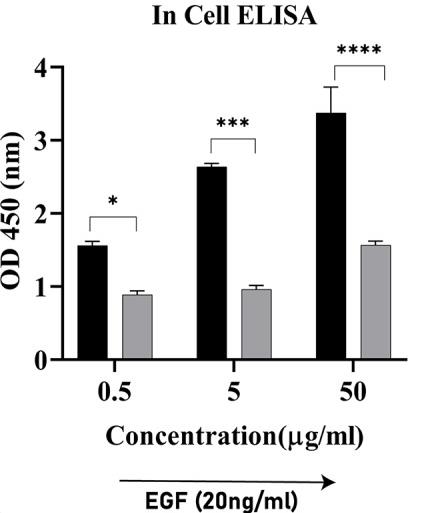
Fig2. Analysis of EGFR phosphorylation in cells treated with FcIgG-GE11 and Cetuximab.
Case 2: Dabiri M, et al. Protein Expr Purif. 2025
This study tackles EGFR/HER2 dimerization-driven therapeutic resistance in breast cancer by developing a human scFv antibody targeting EGFR’s dimerization interface. The recombinant scFv inhibited EGFR-HER2 interaction, reduced STAT3 phosphorylation, altered Bcl-2/Bax ratios, and suppressed proliferation in EGFR+/HER2+ cancer cells (MCF7, MDA-MB-468, SKOV3) while sparing normal cells. Computational modeling validated its binding specificity, highlighting its potential for precision oncology and targeted cancer therapy against antibody-resistant tumors.
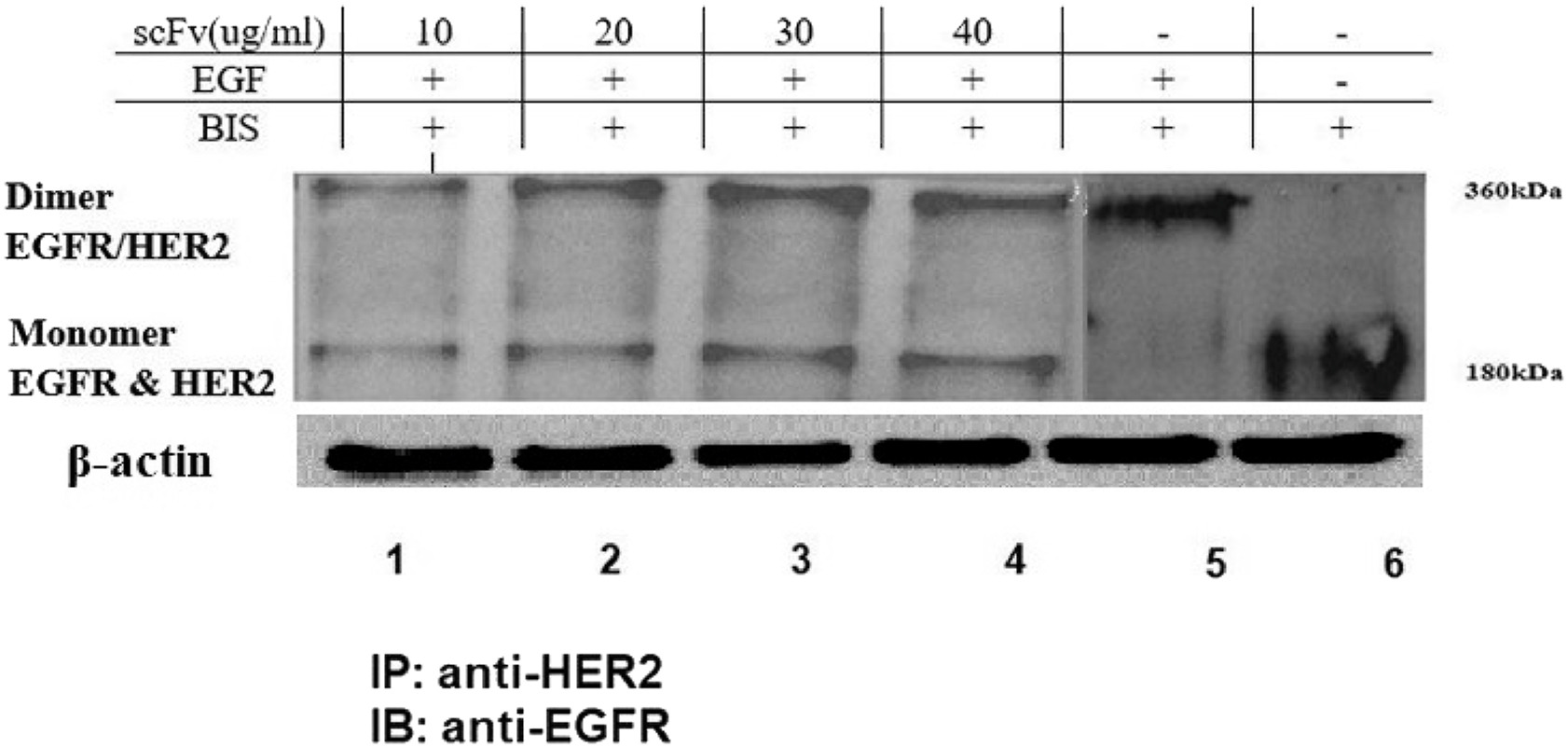
Fig1. Dimerization inhibition by the produced scFv.
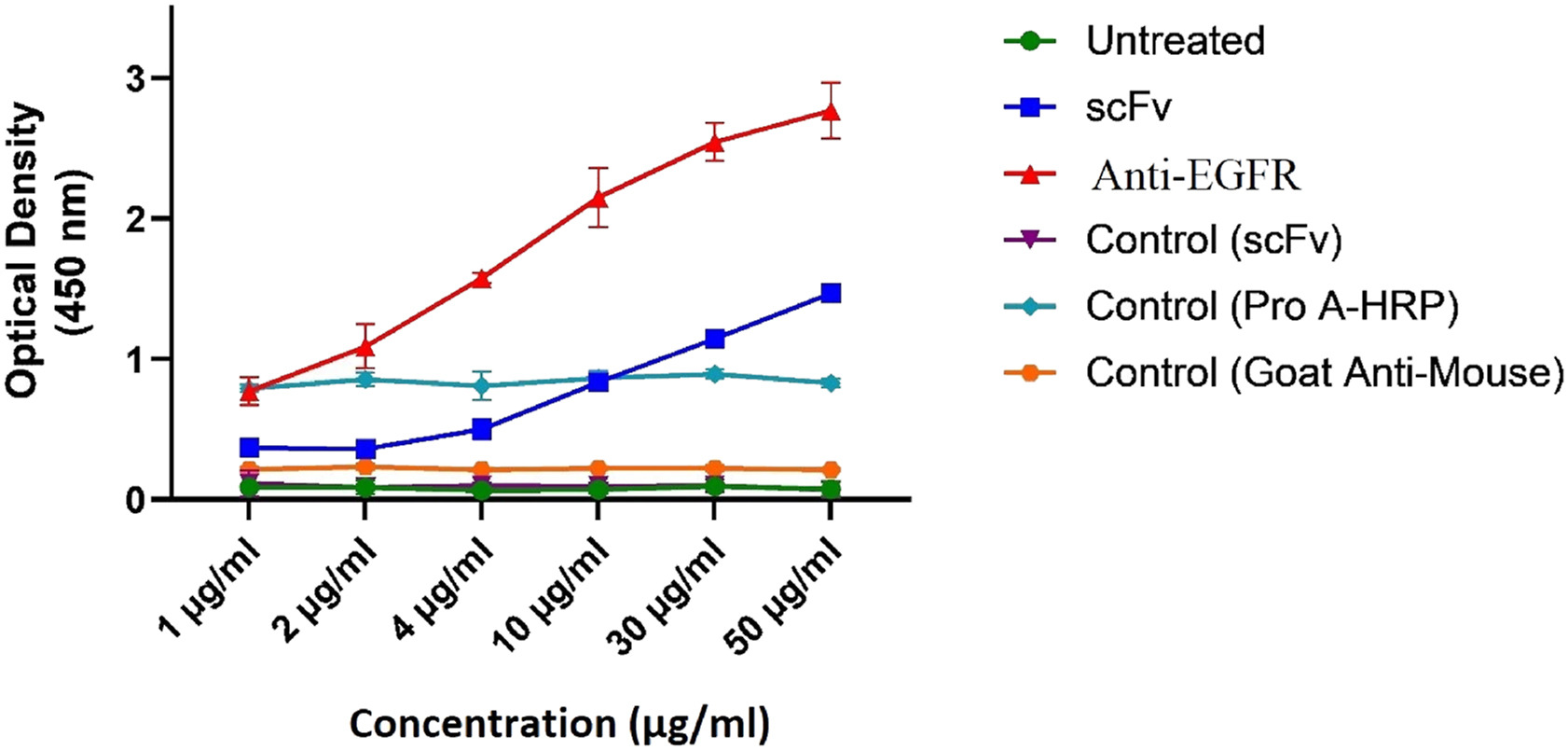
Fig2. Cell-ELISA results of the purified scFv against VERO EGFR/HER2 cells.
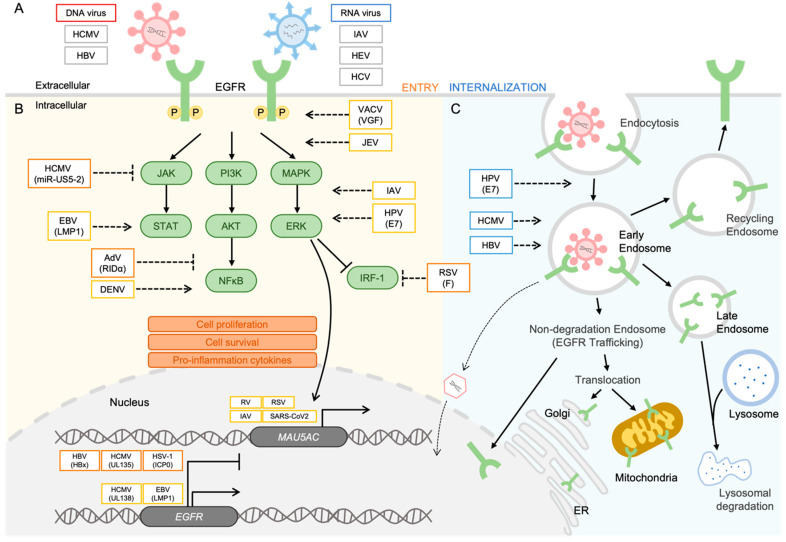
Fig1. Viruses modulate the EGFR signaling network. (Se Sil Noh, 2023)
Not For Human Consumption!
Inquiry
- Reviews
- Q&As
Ask a Question for All EGFR Products
Required fields are marked with *
My Review for All EGFR Products
Required fields are marked with *
Inquiry Basket


